Vintage parts are the soul of classic vehicles, embodying history and craftsmanship from a bygone era. These components are essential for restoration enthusiasts and collectors aiming to maintain the authenticity and performance of their cherished automobiles. In this comprehensive guide, we will explore the intricacies of vintage parts, from identification and functionality to selection, maintenance, and cost considerations.
Table of Contents:
1. What are vintage parts?
2. What do vintage parts do?
3. How to choose vintage parts?
4. How long do vintage parts last?
5. How to replace vintage parts?
6. How much are vintage parts?
What are vintage parts?
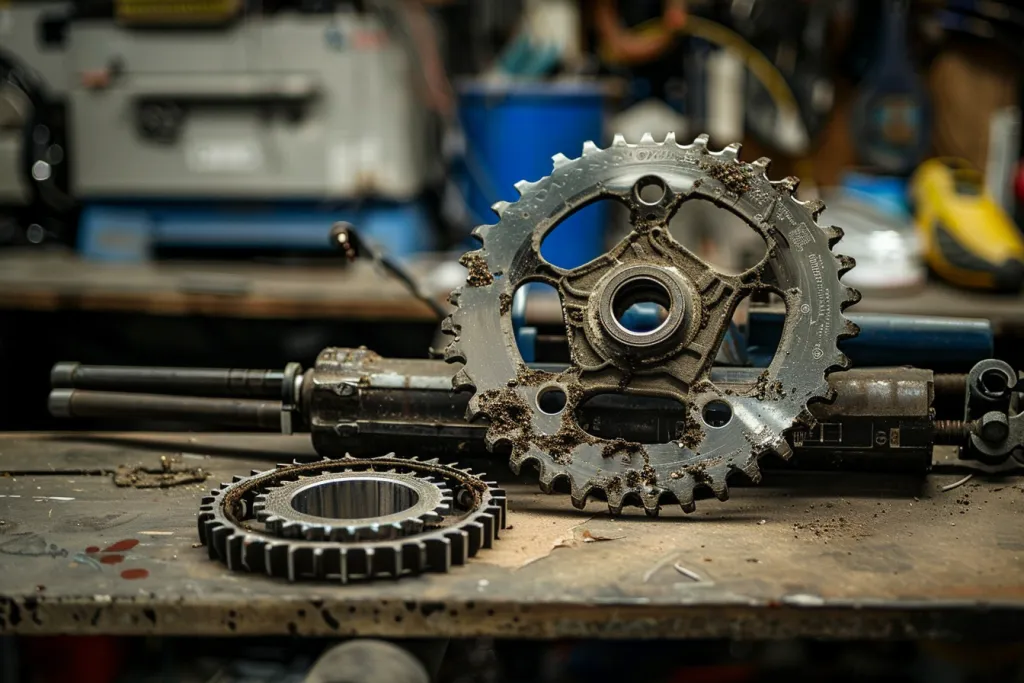
Vintage parts refer to original or faithfully reproduced components used in the restoration and maintenance of classic vehicles. These parts range from mechanical and electrical systems to body panels and interior trim, each holding a piece of automotive history. Unlike modern auto parts, vintage components are often characterized by their unique design, materials, and manufacturing techniques, which can significantly influence a vehicle’s value and authenticity.
What do vintage parts do?
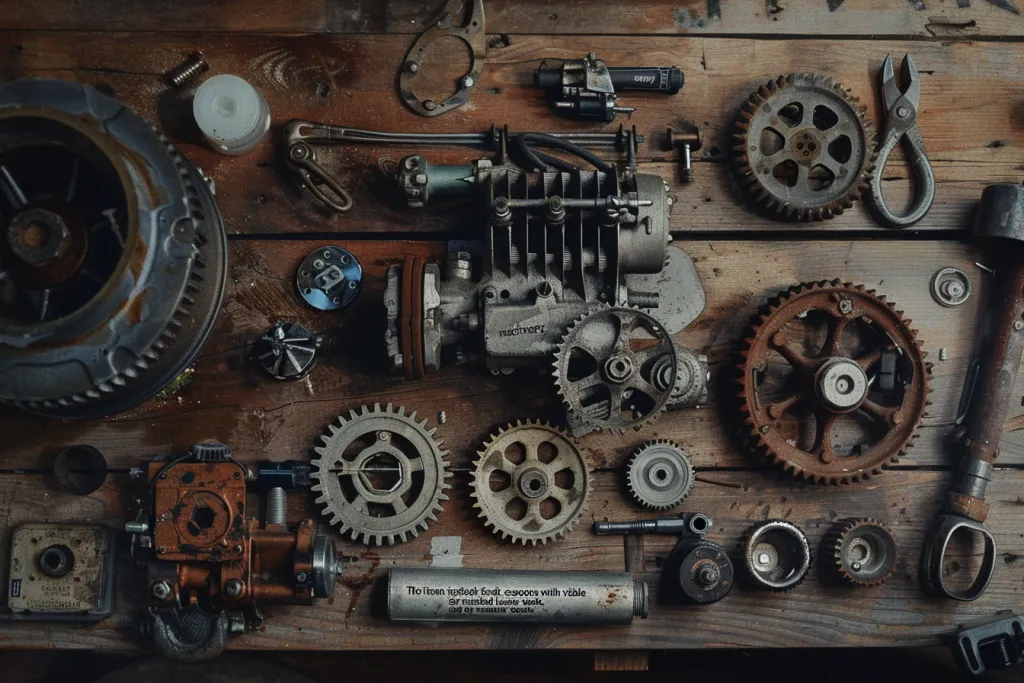
Vintage parts serve a dual purpose: preserving the historical integrity of classic vehicles and ensuring their operational functionality. For restorers and collectors, using authentic or high-quality reproduction parts is crucial for maintaining the vehicle’s value and performance. These parts can include anything from engine components, suspension systems, brake assemblies, to cosmetic items like chrome trim and upholstery, all contributing to the vehicle’s overall aesthetic and driving experience.
How to choose vintage parts?
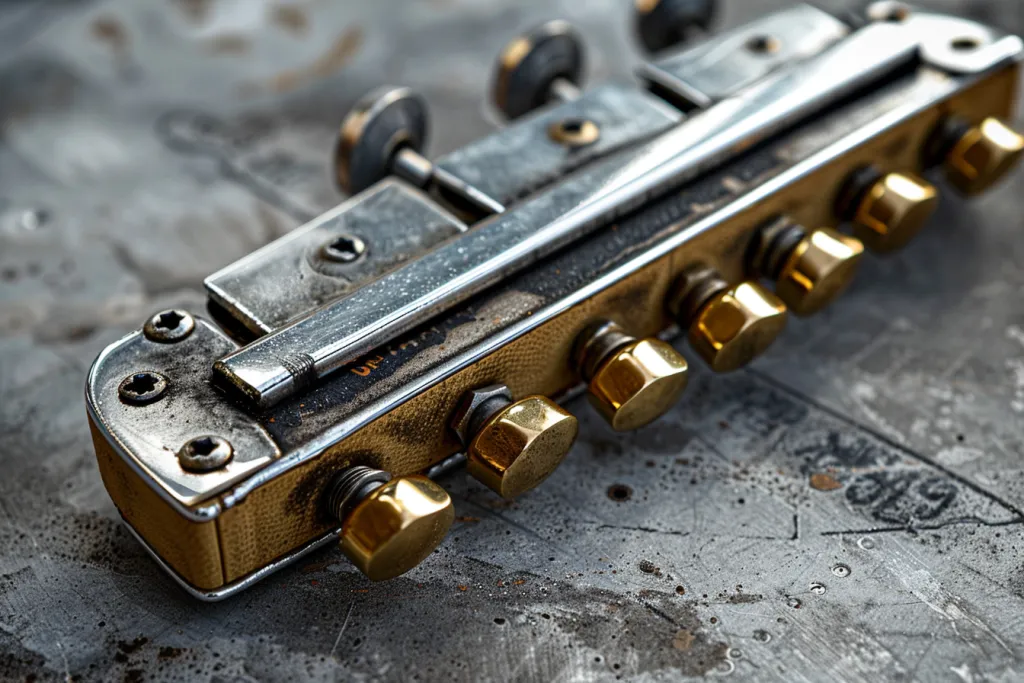
Selecting the right vintage parts requires a blend of research, expertise, and sometimes, a bit of detective work. Begin by identifying the exact make, model, and year of your vehicle to ensure compatibility. Consult restoration guides, online forums, and experts within the classic car community for recommendations on reputable suppliers. Quality and authenticity are paramount; opt for original parts or high-quality reproductions that adhere to the original specifications.
How long do vintage parts last?
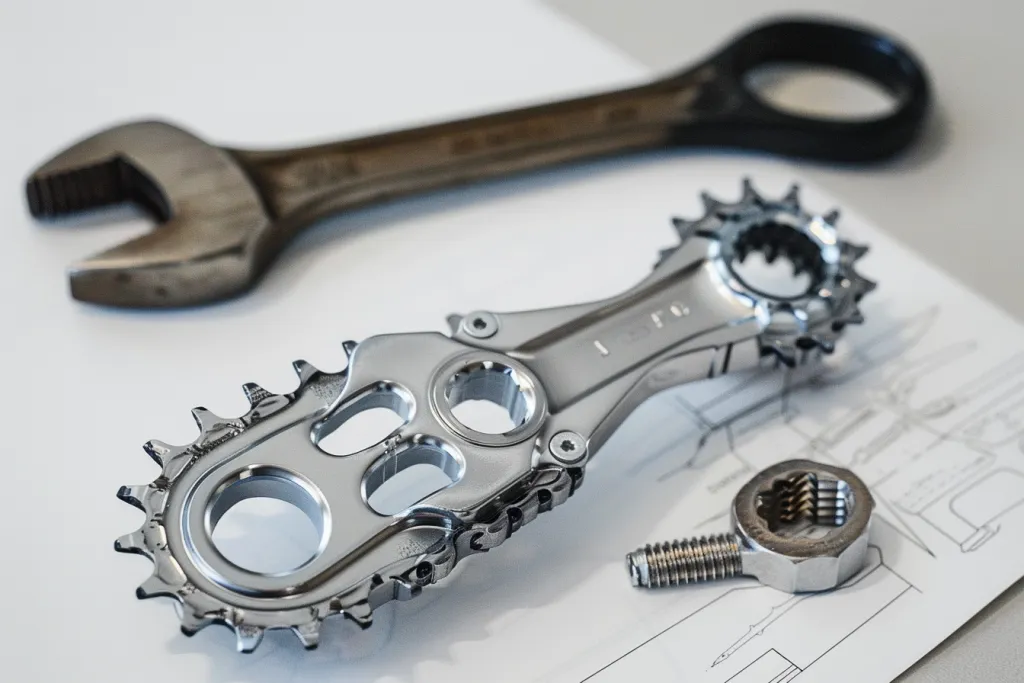
The lifespan of vintage parts can vary widely, depending on their material, manufacturing quality, and usage conditions. Metal components may last for decades if properly maintained, while rubber and plastic parts are more susceptible to degradation over time. Regular maintenance, including cleaning, lubrication, and protection from the elements, can significantly extend the life of vintage parts.
How to replace vintage parts?

Replacing vintage parts often requires more than just mechanical skills; it demands patience and attention to detail. Start by thoroughly researching the replacement process, which can often be found in restoration manuals or online resources. Tools and techniques may differ from modern practices, so be prepared to adapt. When removing the original part, take note of its condition and how it was installed, as this can be invaluable information when fitting the replacement.
How much are vintage parts?
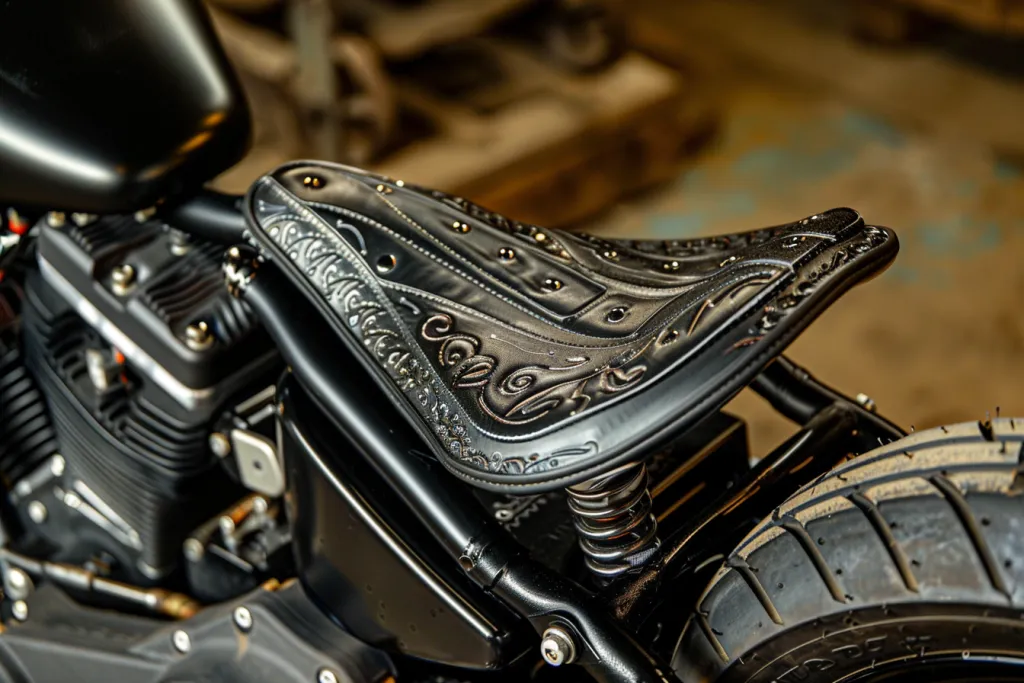
The cost of vintage parts can vary dramatically based on rarity, demand, and condition. Commonly reproduced items may be relatively inexpensive, while rare or NOS (New Old Stock) parts can command premium prices. Budgeting for restoration projects should account for the potential high cost of authentic vintage parts, as well as the possibility of needing to source from international suppliers.
Conclusion:
Vintage parts are more than just components; they are the heartbeat of classic vehicles, encapsulating the essence and history of automotive design and engineering. Whether you’re a seasoned restorer or new to the world of classic cars, understanding the intricacies of vintage parts is essential for preserving these timeless machines. Through careful selection, maintenance, and replacement, enthusiasts can ensure their vintage vehicles continue to captivate and inspire for generations to come.




